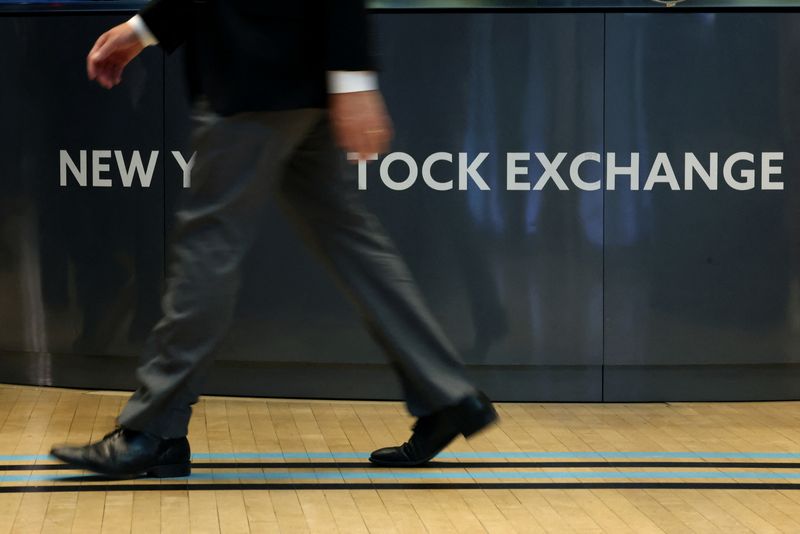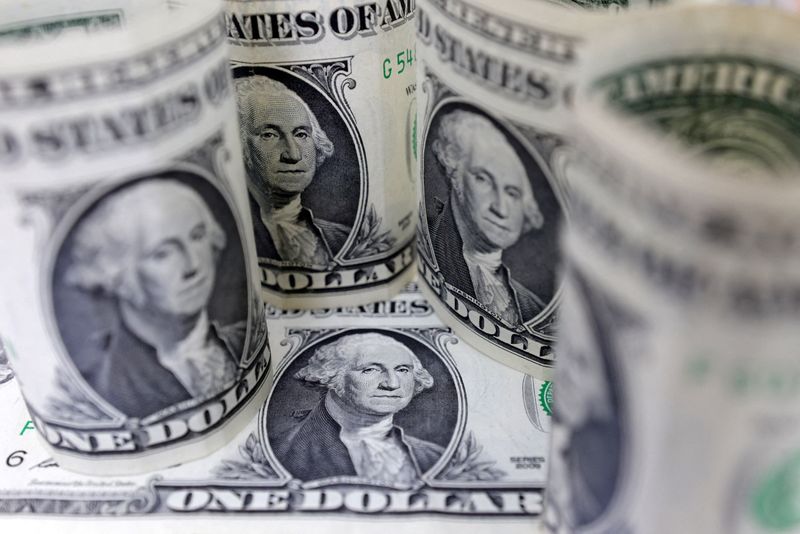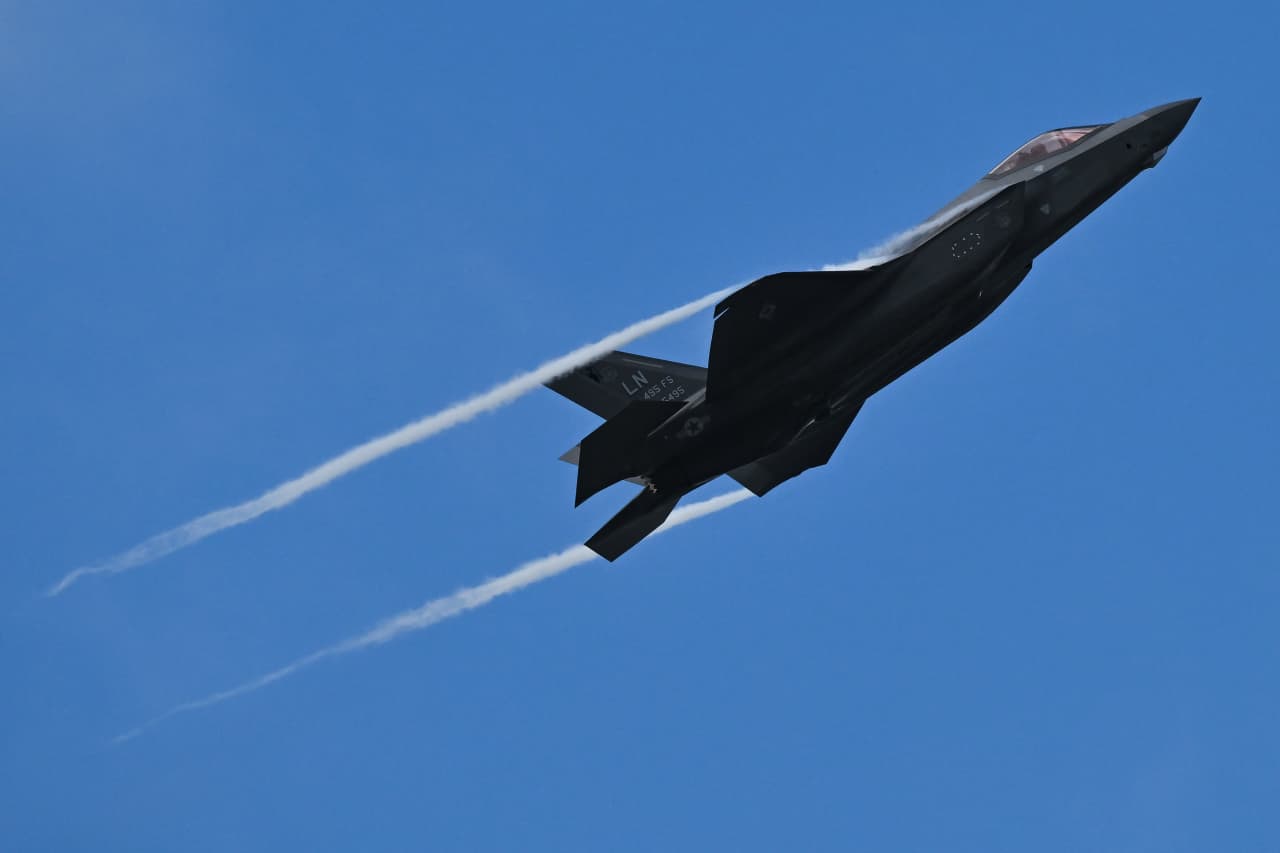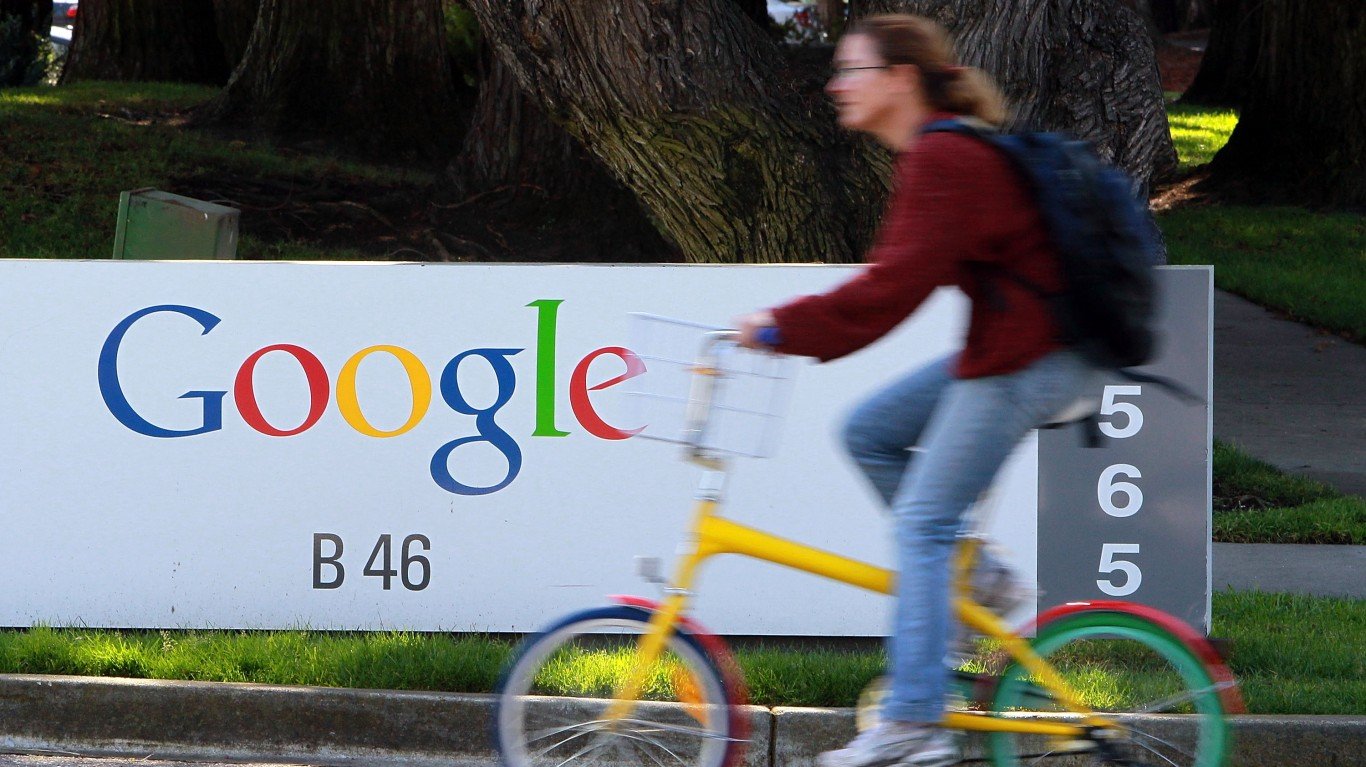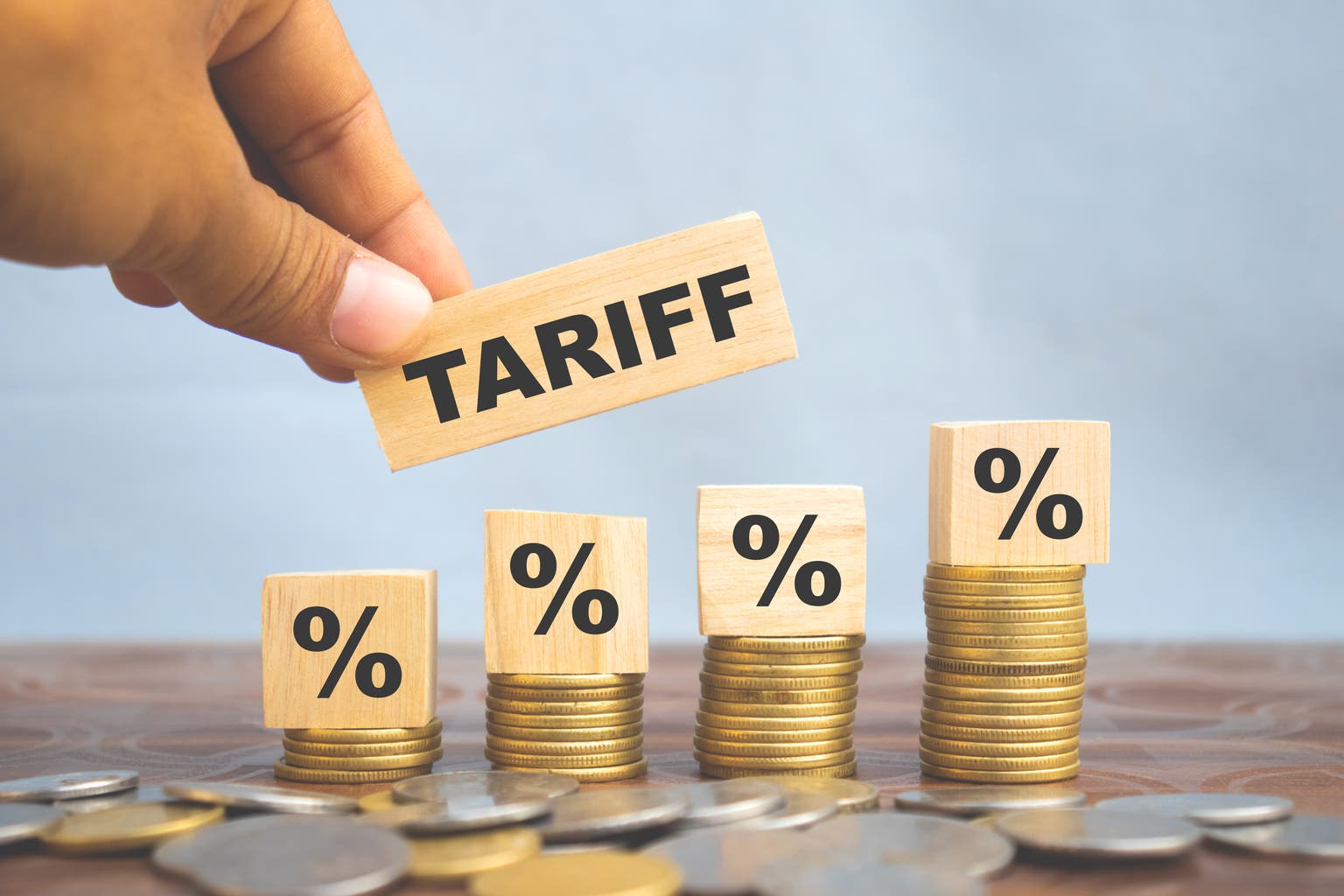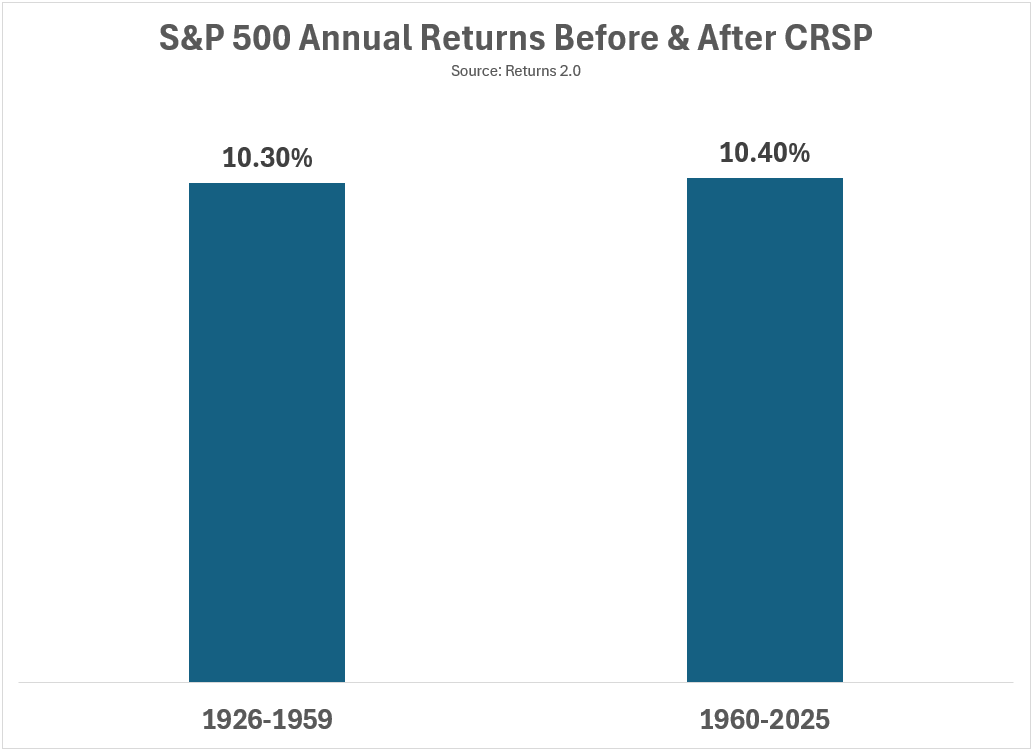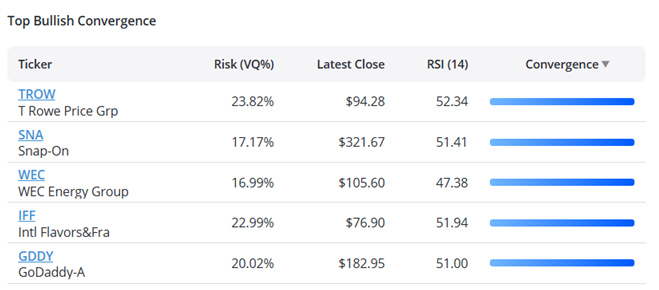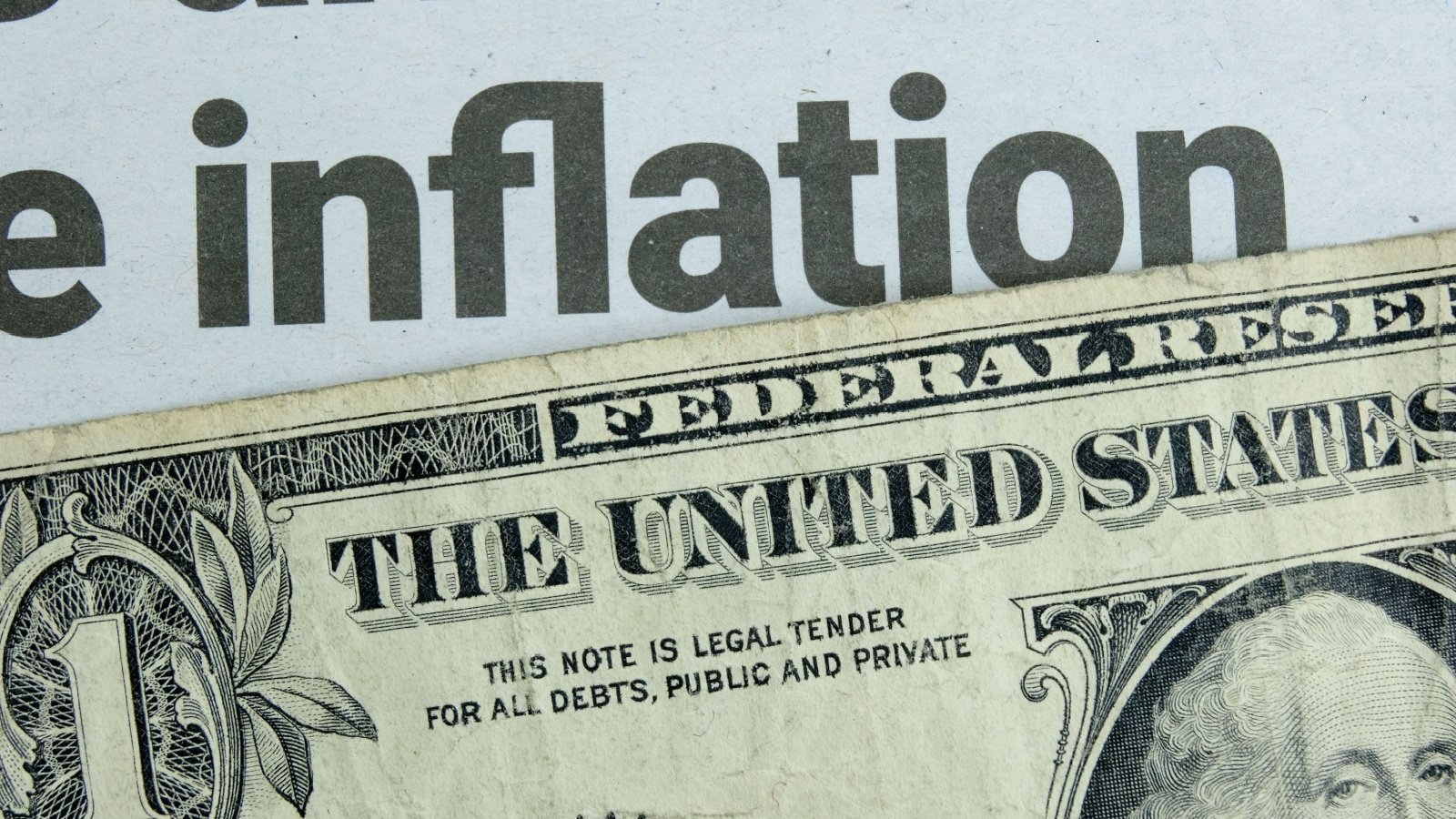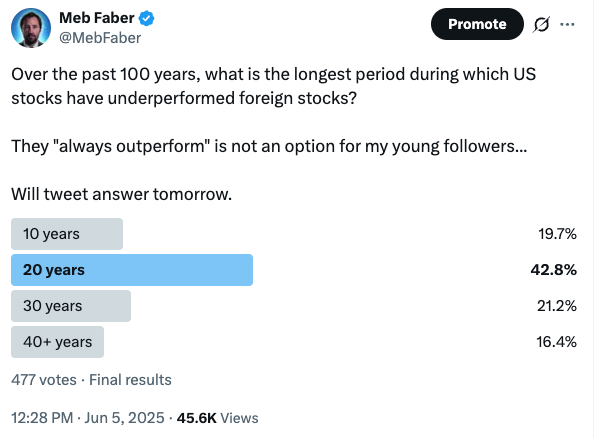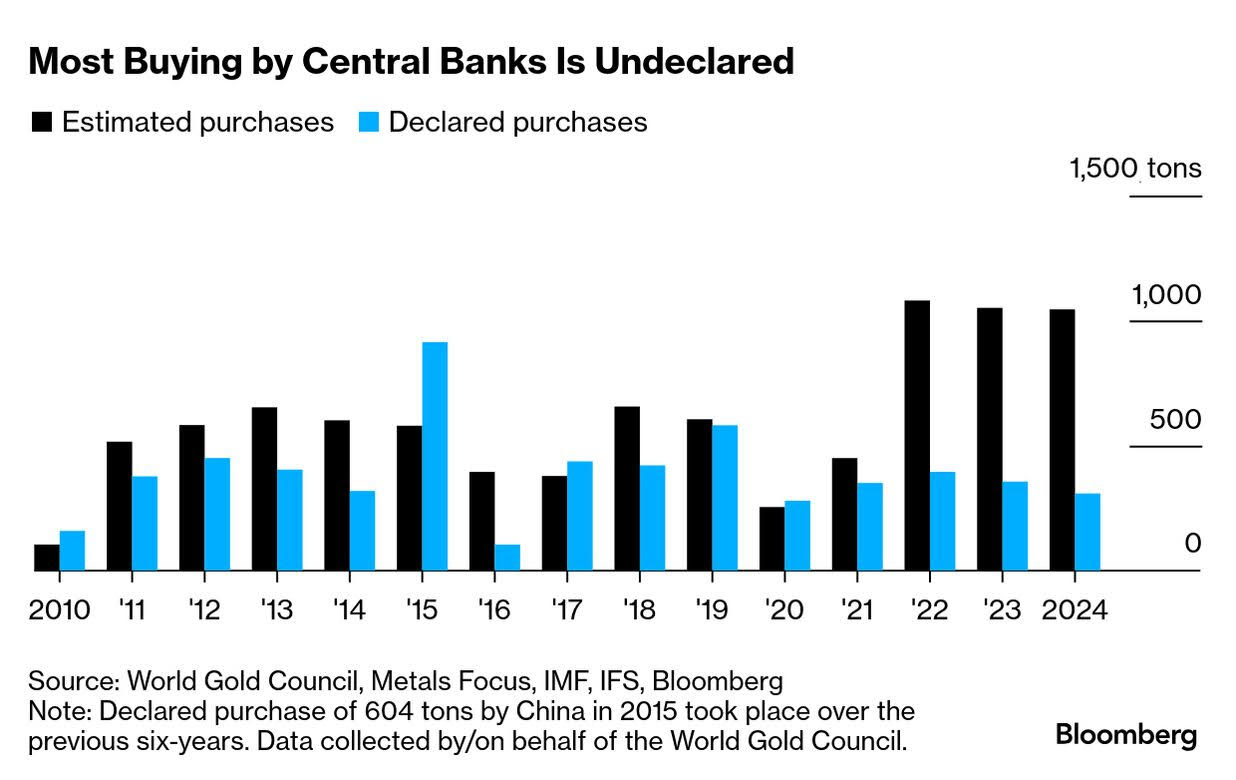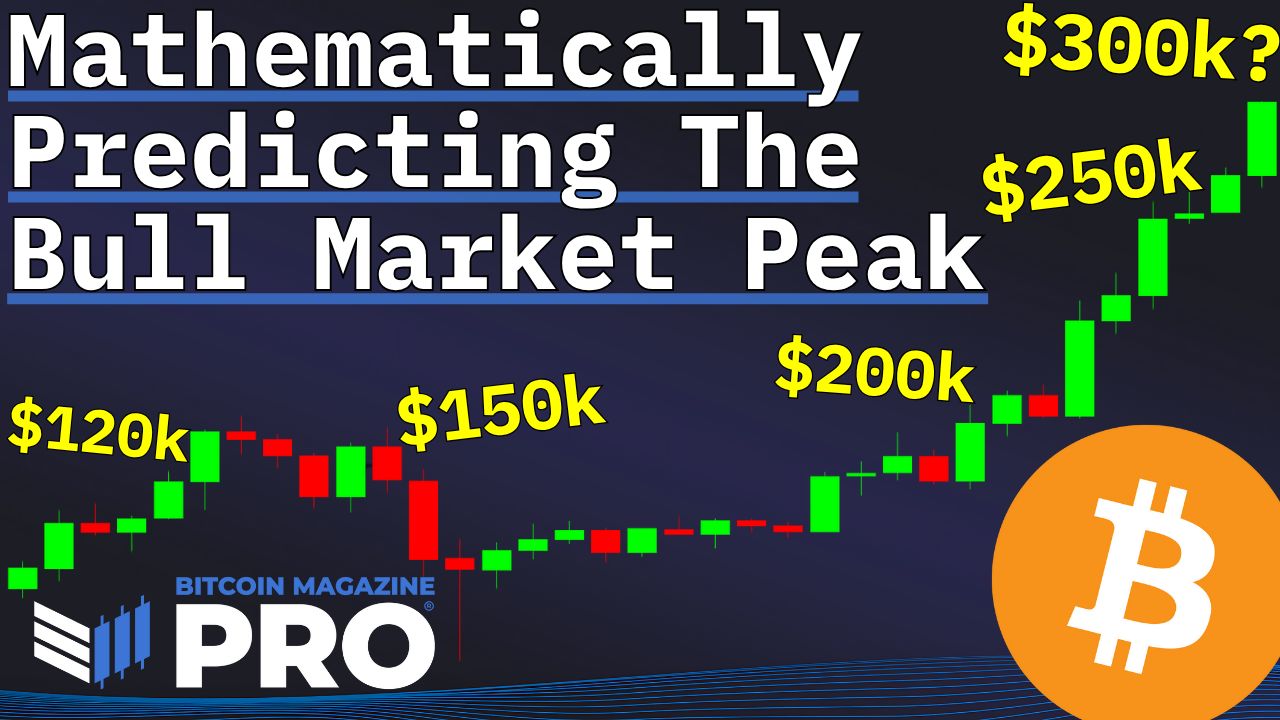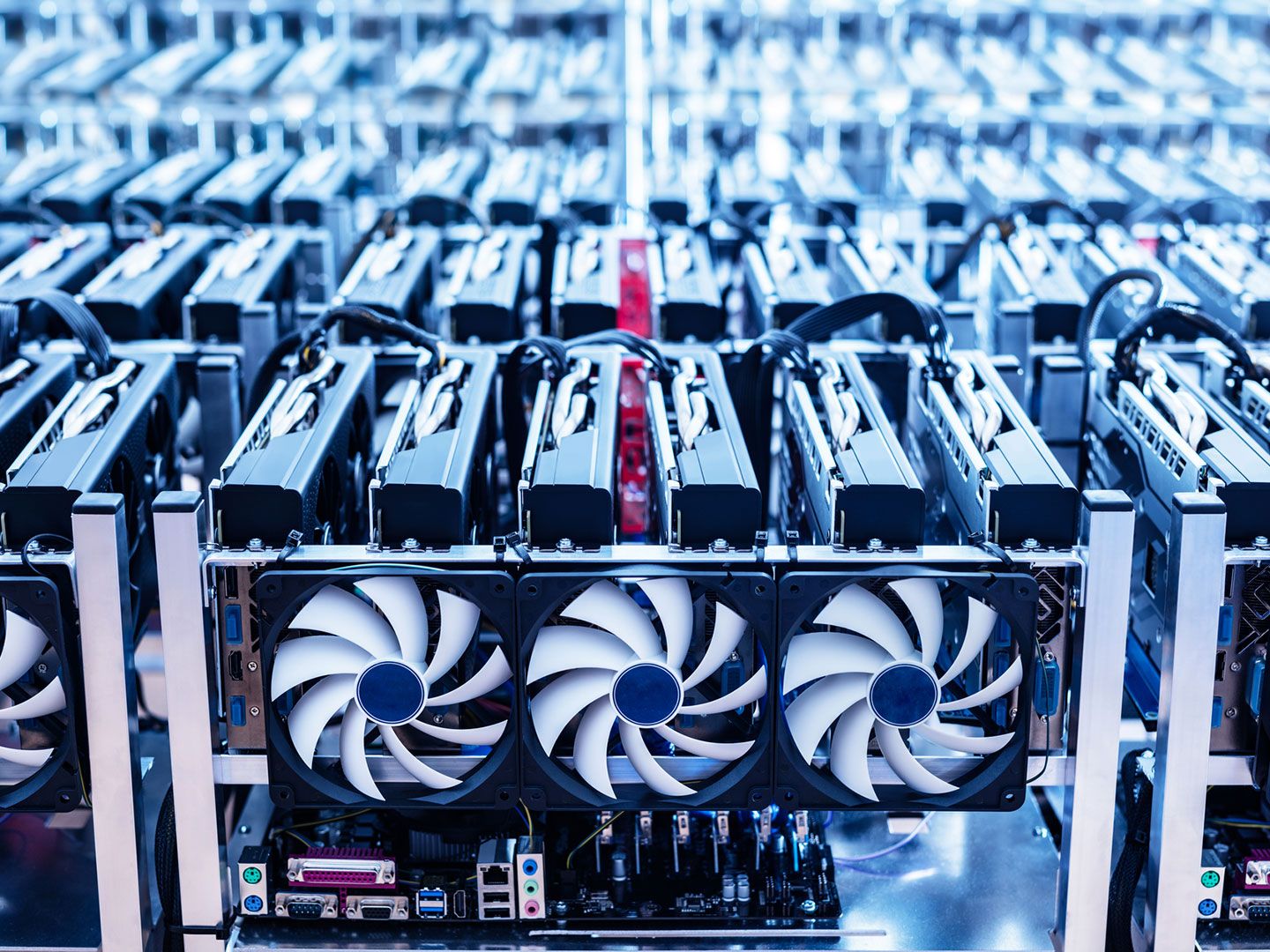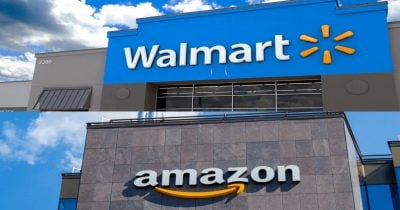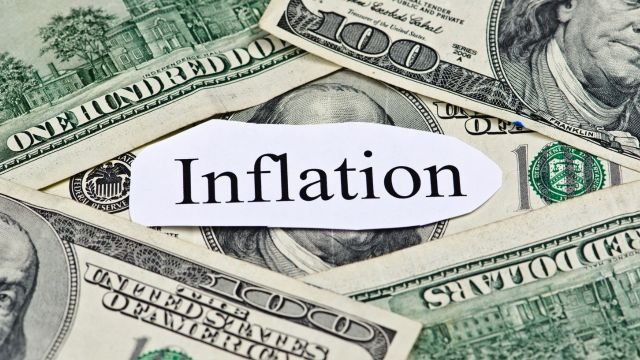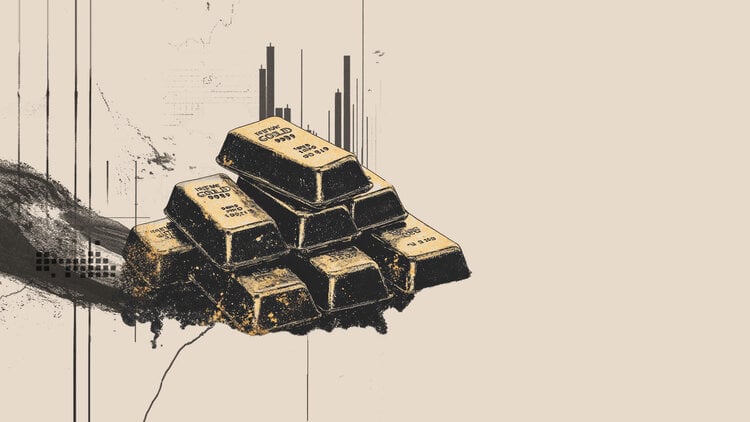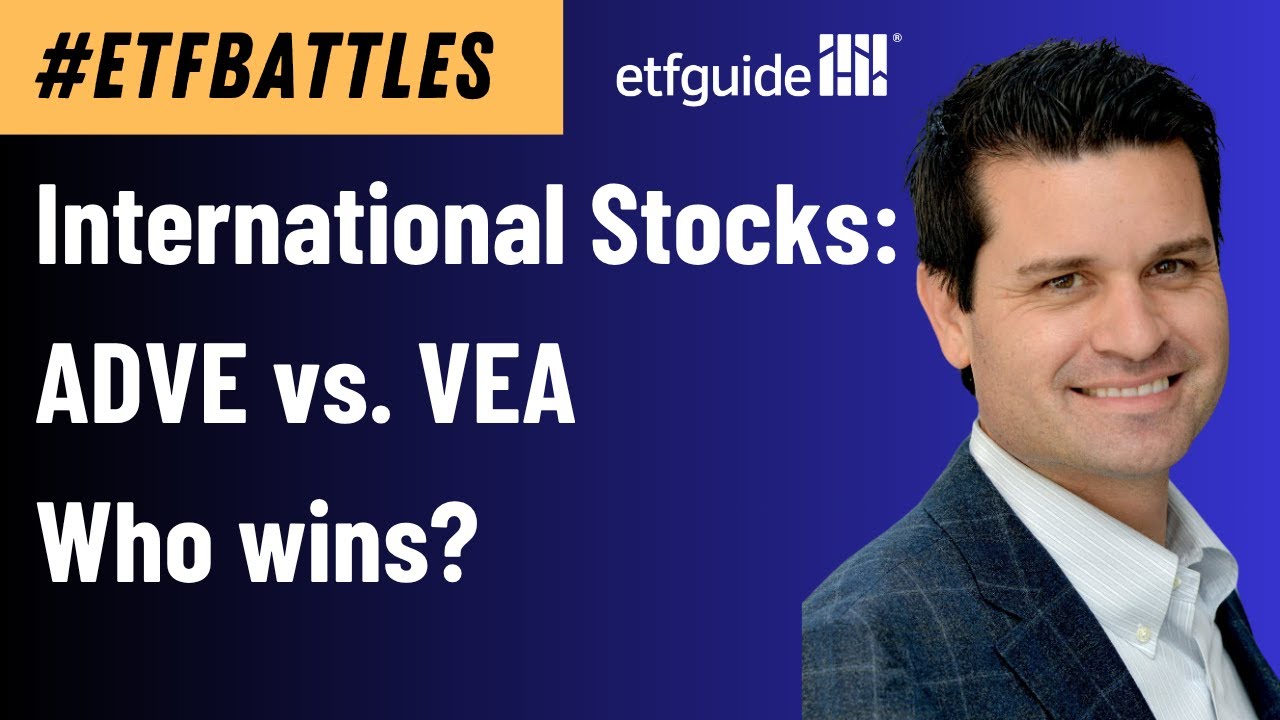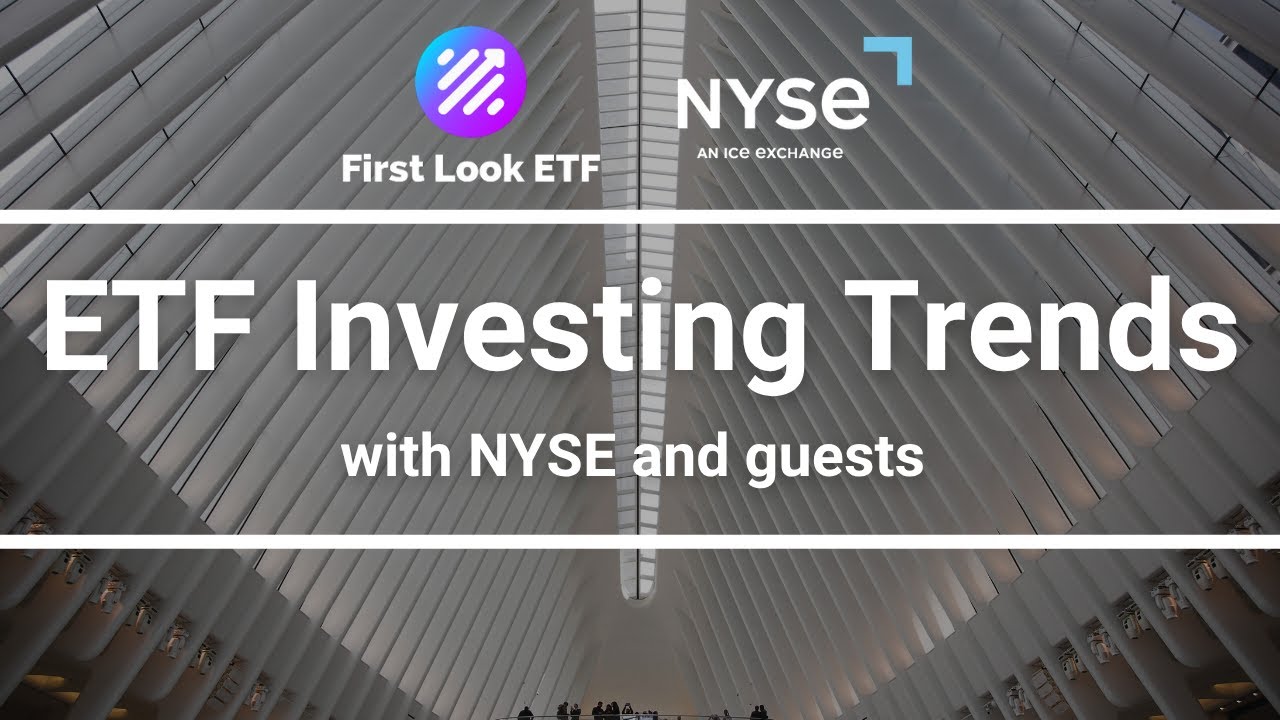3 Dividend Stocks With High but Shaky Yields That Are Probably Going to Get Cut
With respective dividend or distribution yields of 14.7%, 8.3%, and 6.6%, these three investments could provide an investor with an aggregate yield of 9.9% if purchased together. However, I think that the closed-end Guggenheim Strategic Opportunities Fund (NYSE: GOF), the home appliance company Whirlpool (NYSE: WHR), and UPS (NYSE: UPS) are likely to reduce their dividends or distributions to investors. Furthermore, in two of the cases, doing so would make them stronger companies. Here's why.This is a closed-end fund, meaning it doesn't raise new capital from investors; but it can use debt to generate returns for them. It trades on the market like a stock, and it makes monthly distributions (rather like dividends). The fund has a superb record of making distributions to investors, having maintained them for over a decade.But here's the thing: The fund's net investment income hasn't covered its distribution for the last seven years, and over the previous six years, the fund has used its capital to make distributions. This is to the detriment of its net asset value (NAV), which has declined every year since 2018, and now stands at $11.50.Continue reading

With respective dividend or distribution yields of 14.7%, 8.3%, and 6.6%, these three investments could provide an investor with an aggregate yield of 9.9% if purchased together. However, I think that the closed-end Guggenheim Strategic Opportunities Fund (NYSE: GOF), the home appliance company Whirlpool (NYSE: WHR), and UPS (NYSE: UPS) are likely to reduce their dividends or distributions to investors. Furthermore, in two of the cases, doing so would make them stronger companies. Here's why.
This is a closed-end fund, meaning it doesn't raise new capital from investors; but it can use debt to generate returns for them. It trades on the market like a stock, and it makes monthly distributions (rather like dividends). The fund has a superb record of making distributions to investors, having maintained them for over a decade.
But here's the thing: The fund's net investment income hasn't covered its distribution for the last seven years, and over the previous six years, the fund has used its capital to make distributions. This is to the detriment of its net asset value (NAV), which has declined every year since 2018, and now stands at $11.50.





